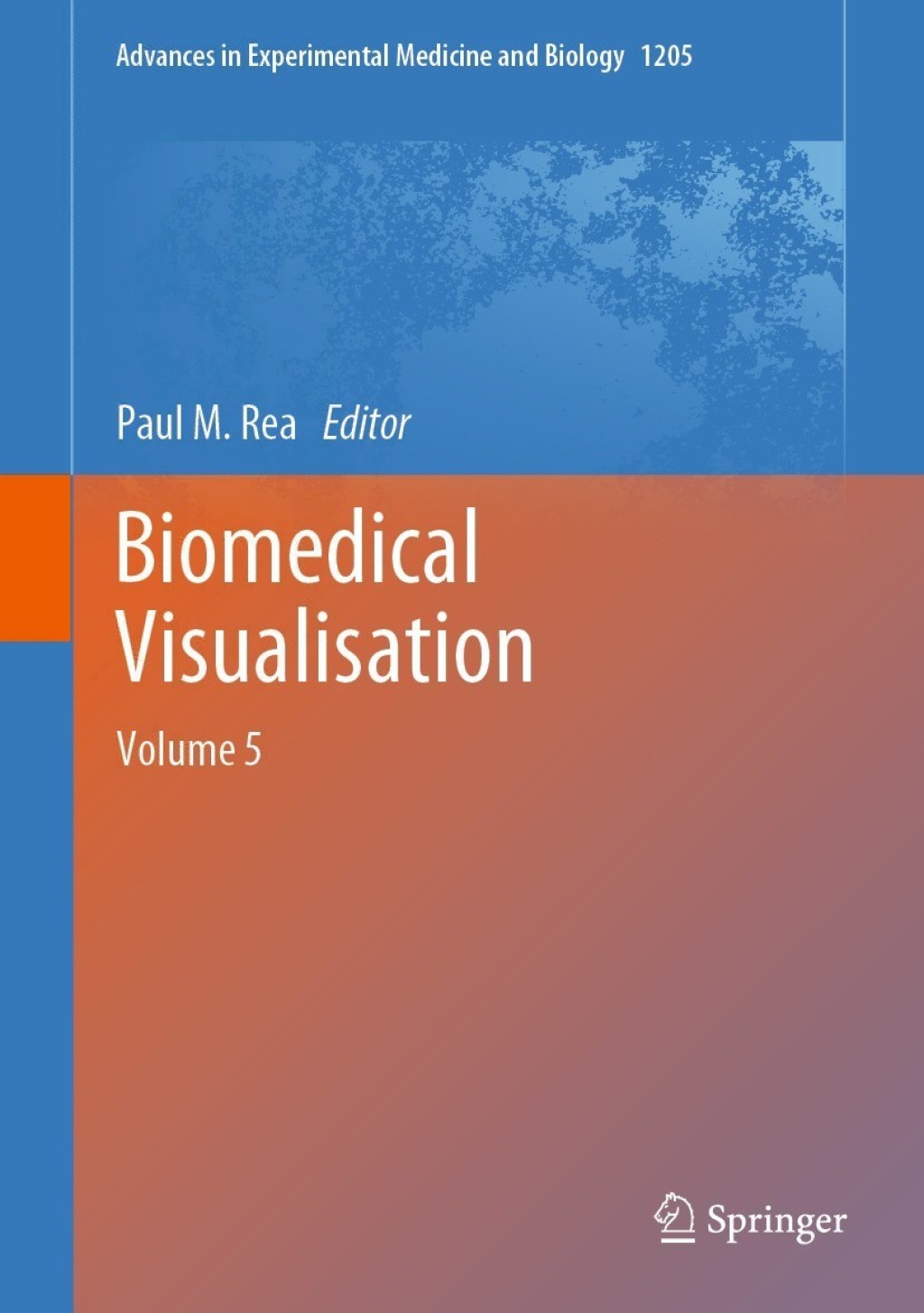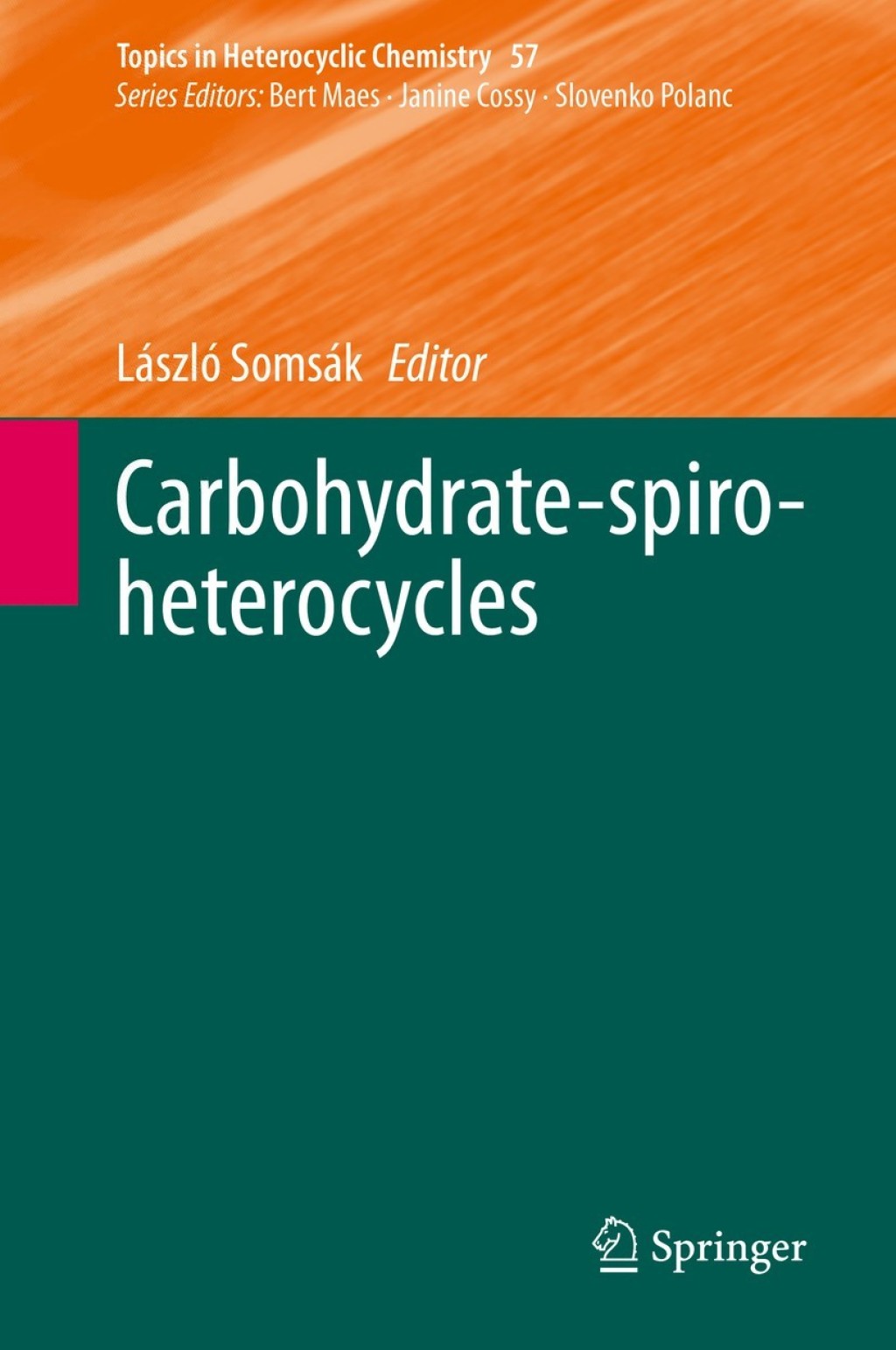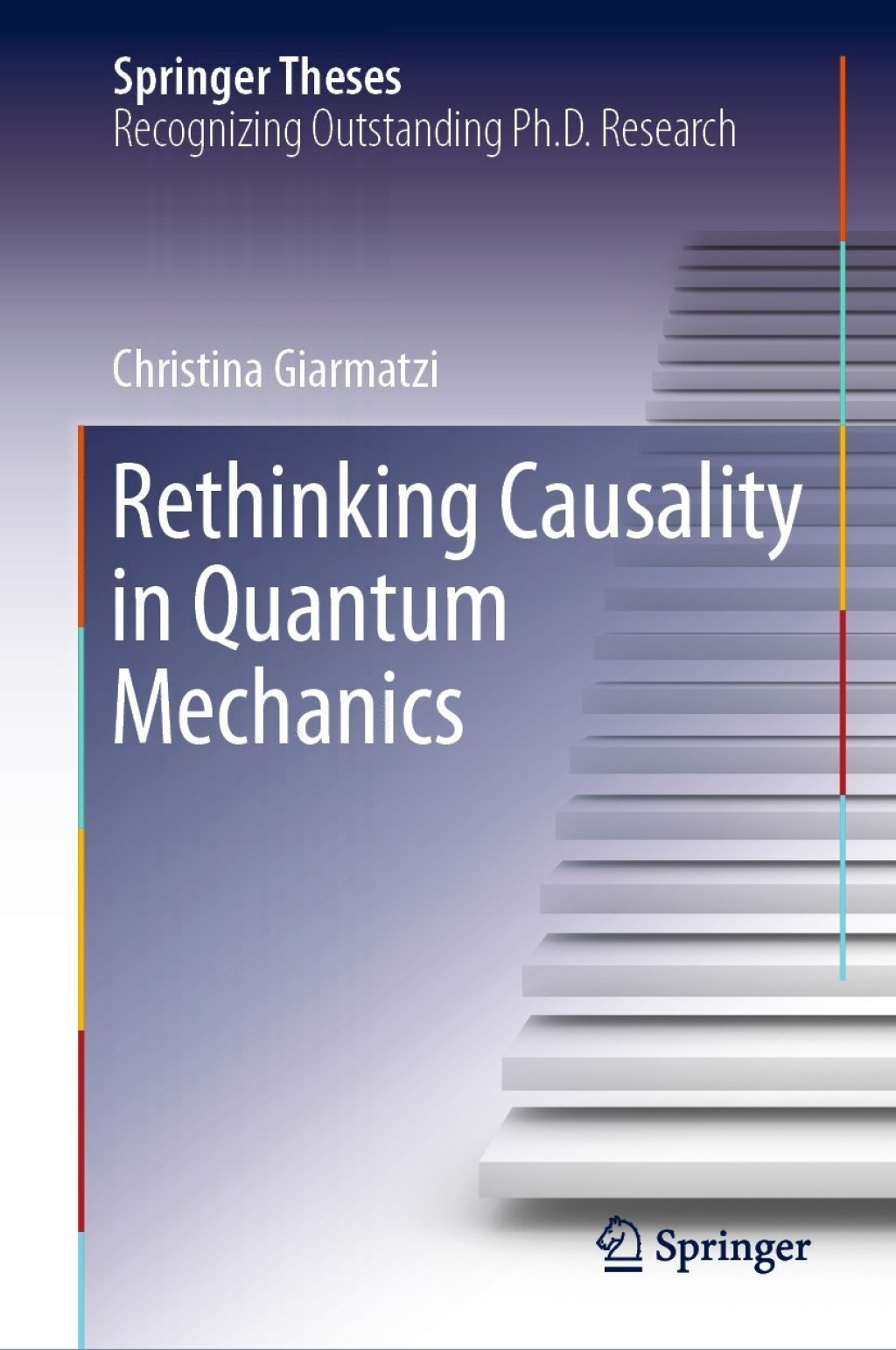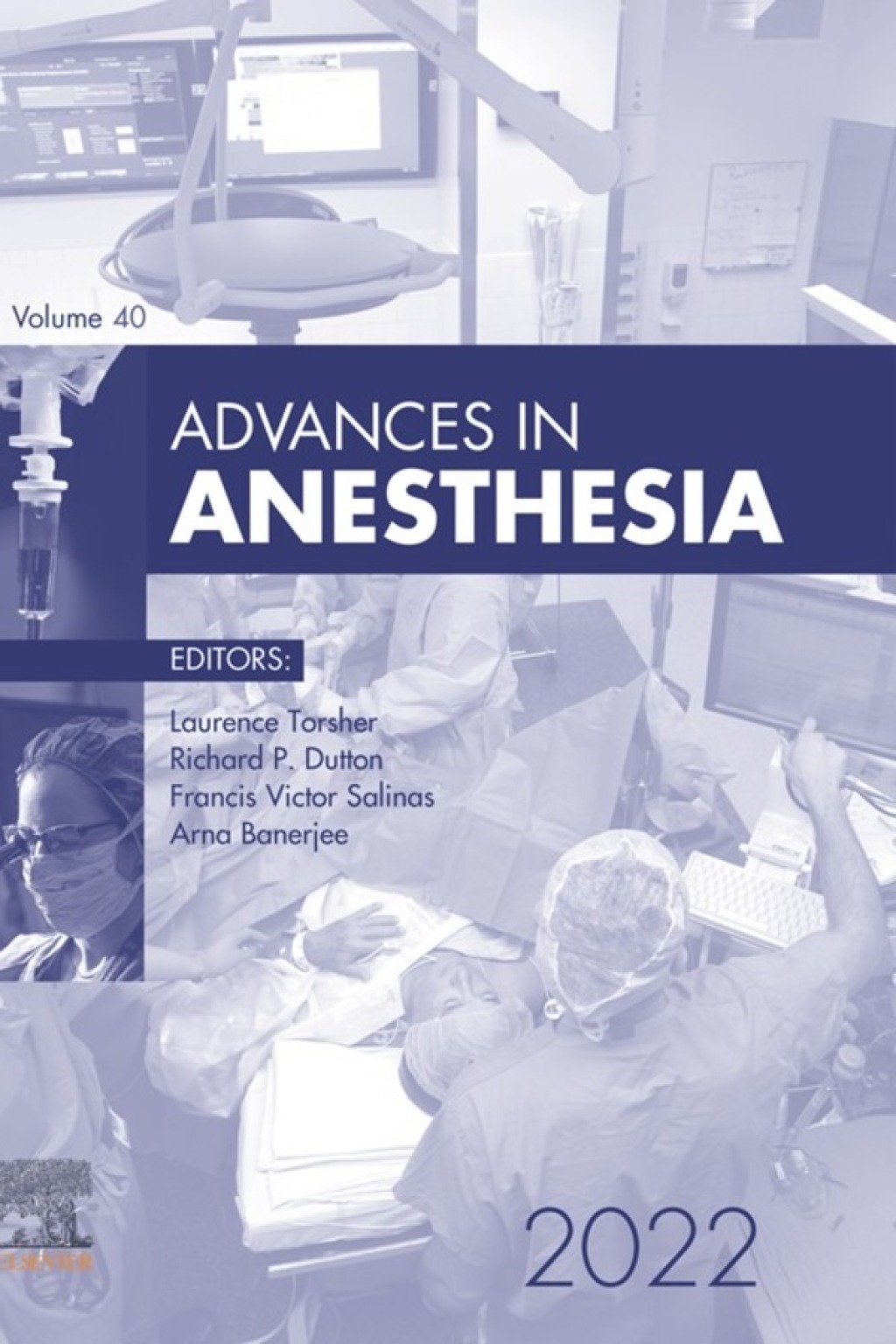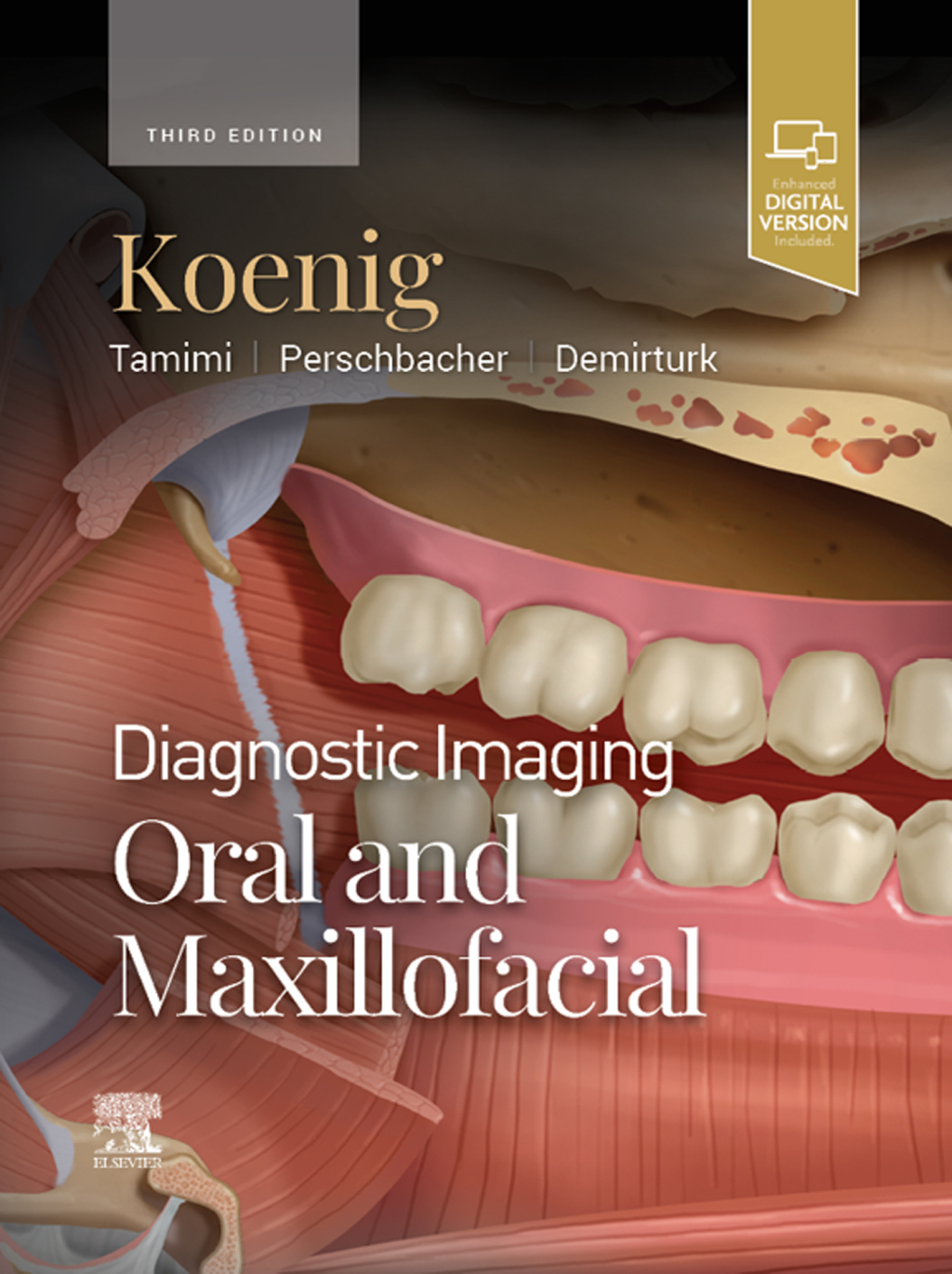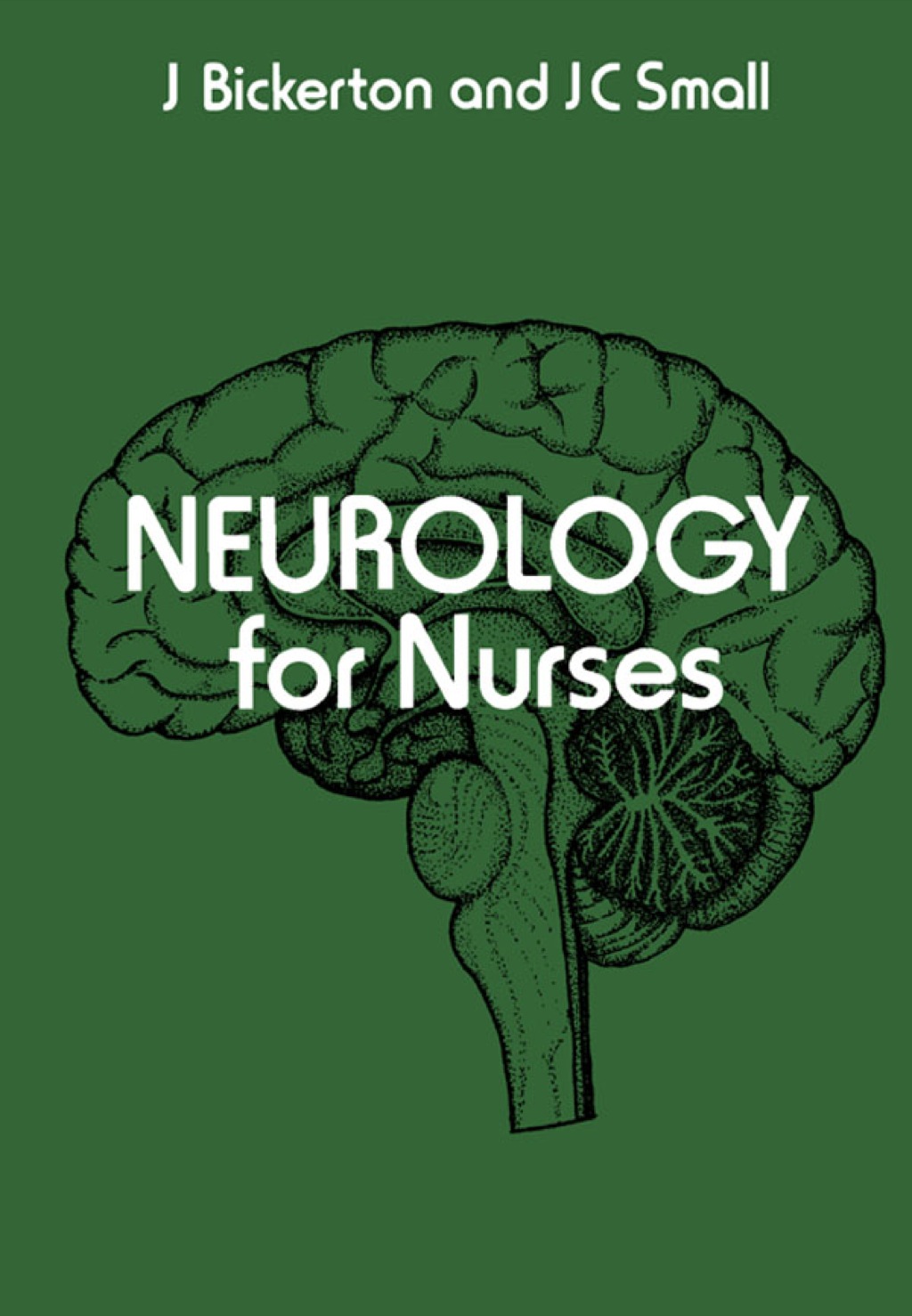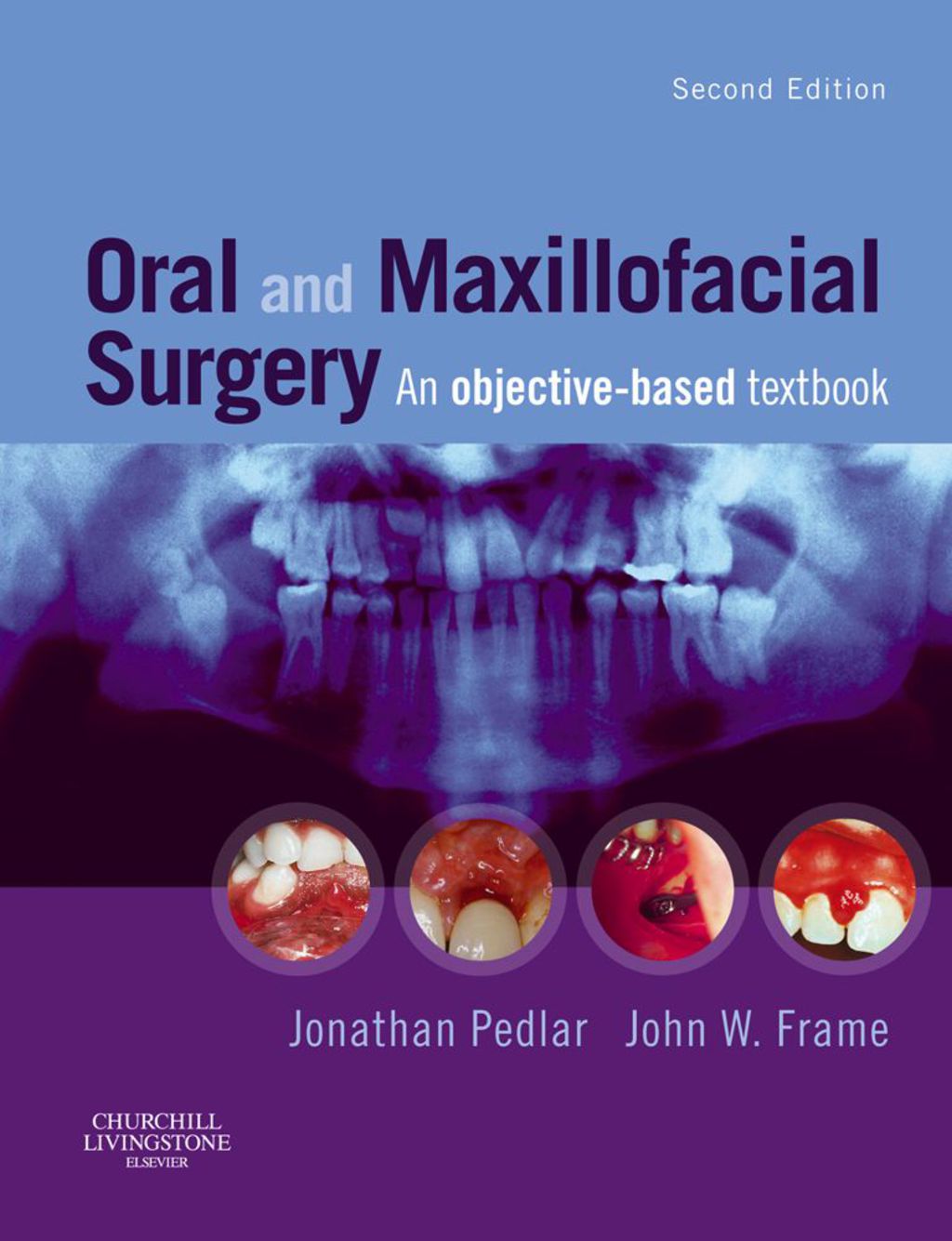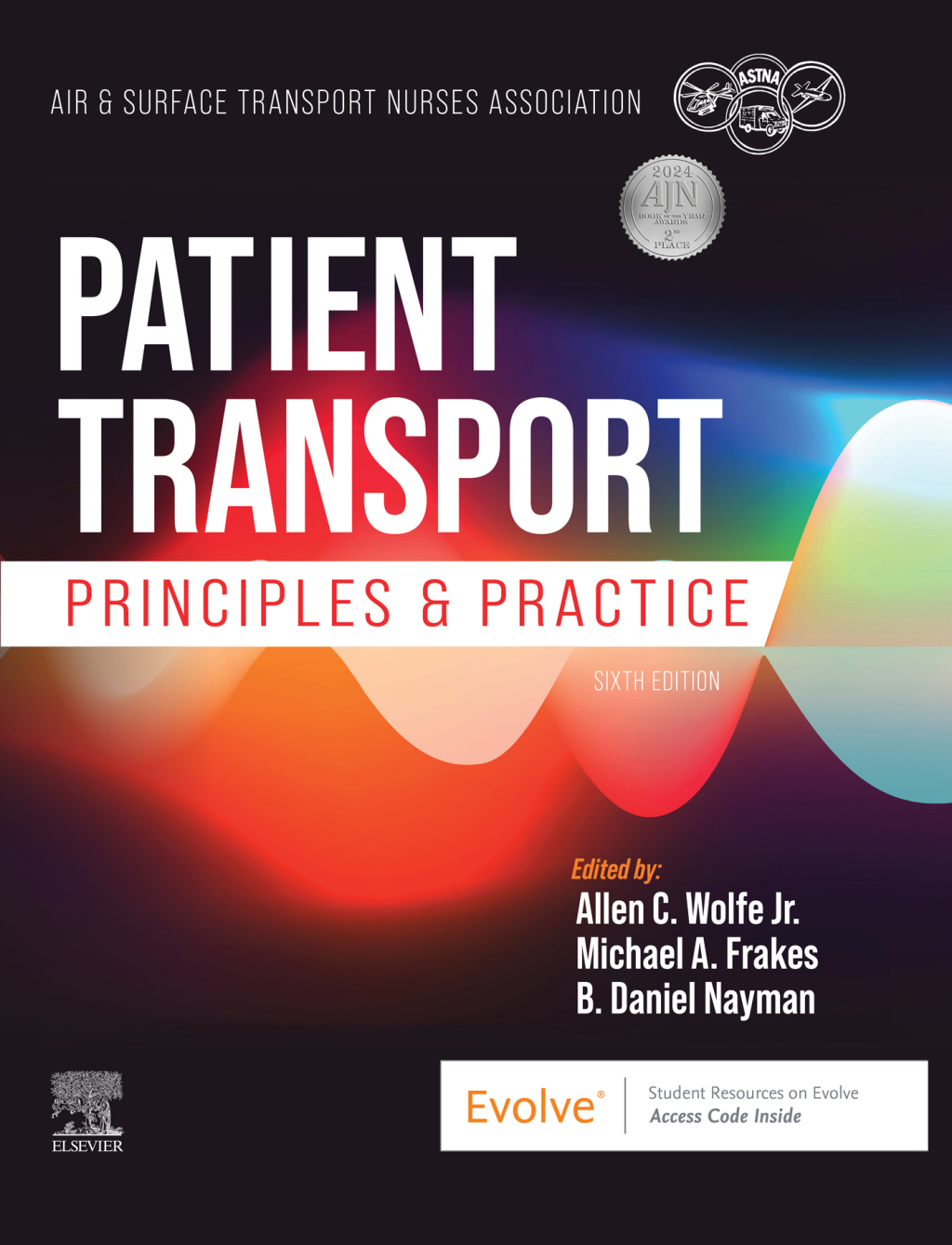Causality is central to understanding the mechanisms of nature: some event “A” is the cause of another event “Bâ€Â. Surprisingly, causality does not follow this simple rule in quantum physics: due to to quantum superposition we might be led to believe that “A causes B†and that “B causes Aâ€Â. This idea is not only important to the foundations of physics but also leads to practical advantages: a quantum circuit with such indefinite causality performs computationally better than one with definite causality. This thesis provides one of the first comprehensive introductions to quantum causality, and presents a number of advances. It provides an extension and generalization of a framework that enables us to study causality within quantum mechanics, thereby setting the stage for the rest of the work. This comprises: mathematical tools to define causality in terms of probabilities; computational tools to prove indefinite causality in an experiment; means to experimentally test particular causal structures; and finally an algorithm that detects the exact causal structure in an quantum experiment.
“Essentials of Pediatric and Adolescent Gynecology” has been added to your cart. View cart
Rethinking Causality in Quantum Mechanics
Author(s): Christina Giarmatzi
Publisher: Springer
ISBN: 9783030319298
Edition:
$39,99
Delivery: This can be downloaded Immediately after purchasing.
Version: Only PDF Version.
Compatible Devices: Can be read on any device (Kindle, NOOK, Android/IOS devices, Windows, MAC)
Quality: High Quality. No missing contents. Printable
Recommended Software: Check here

